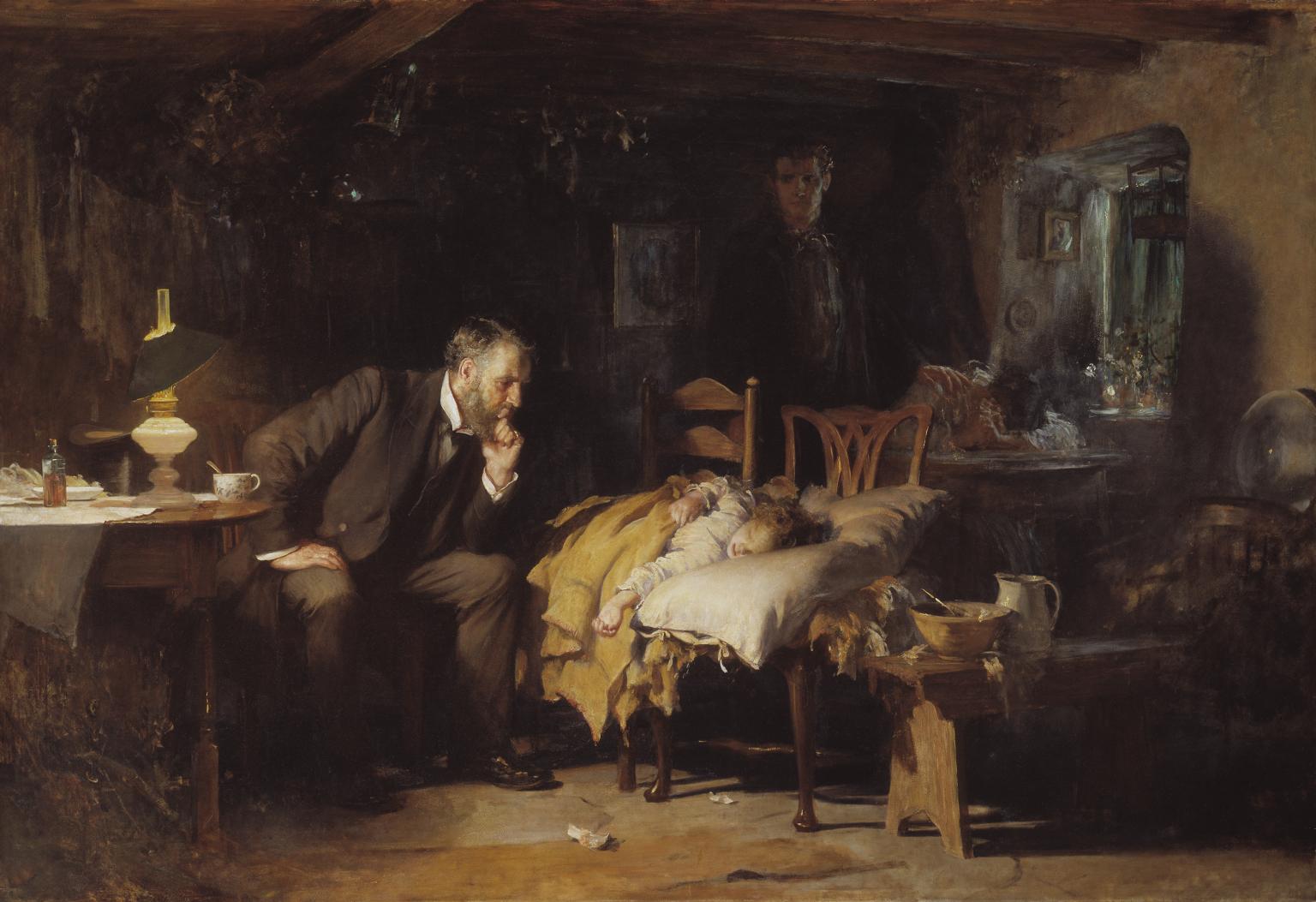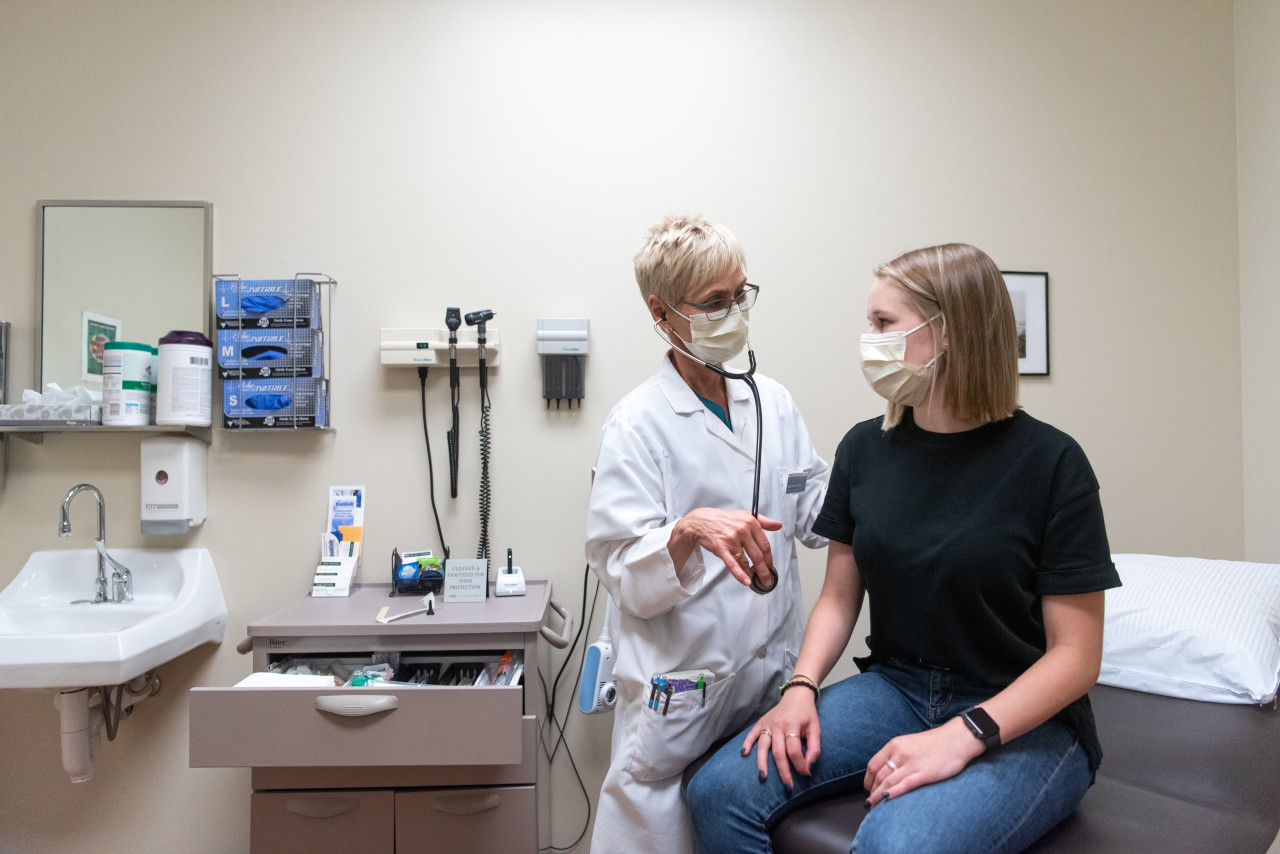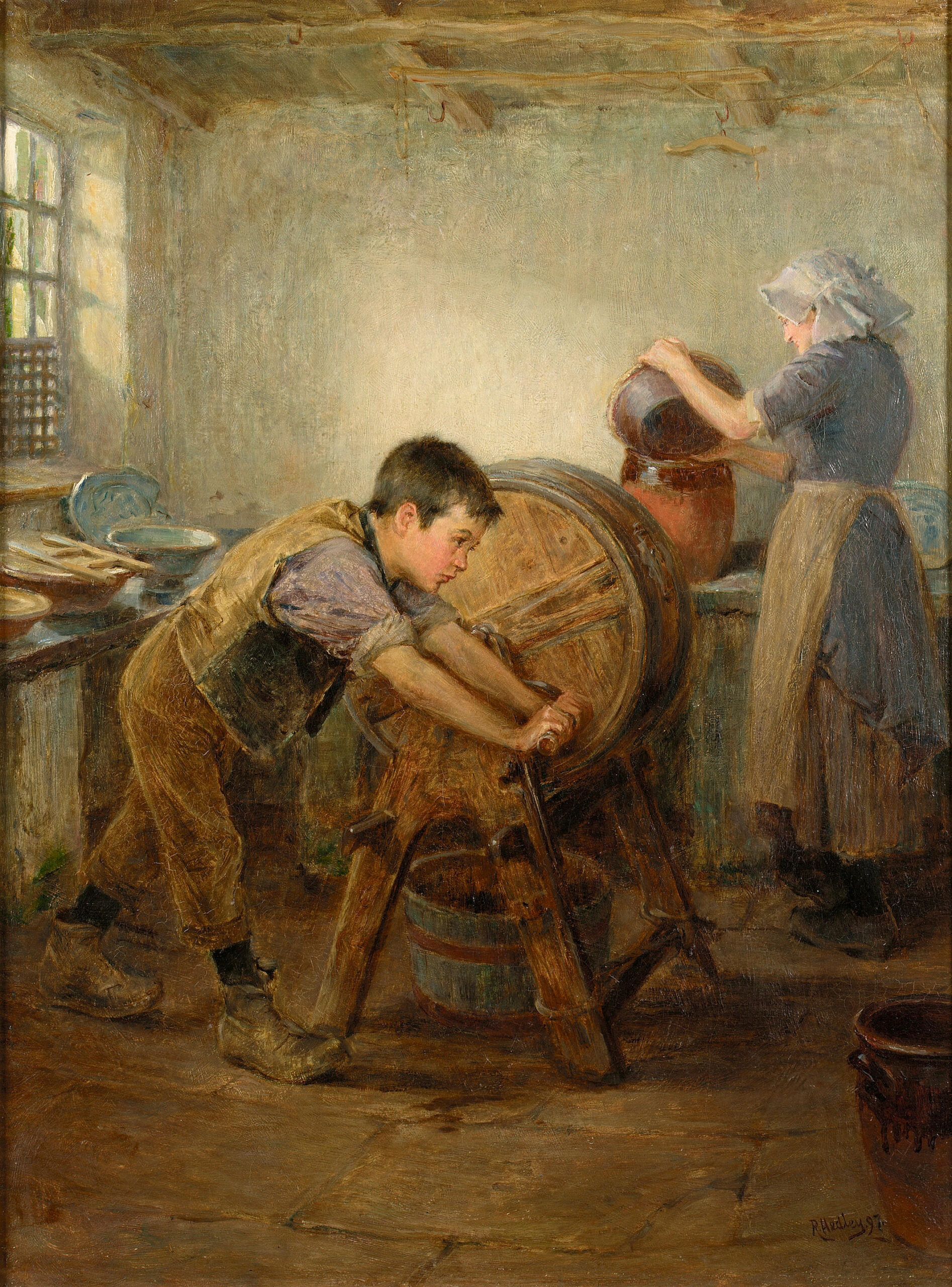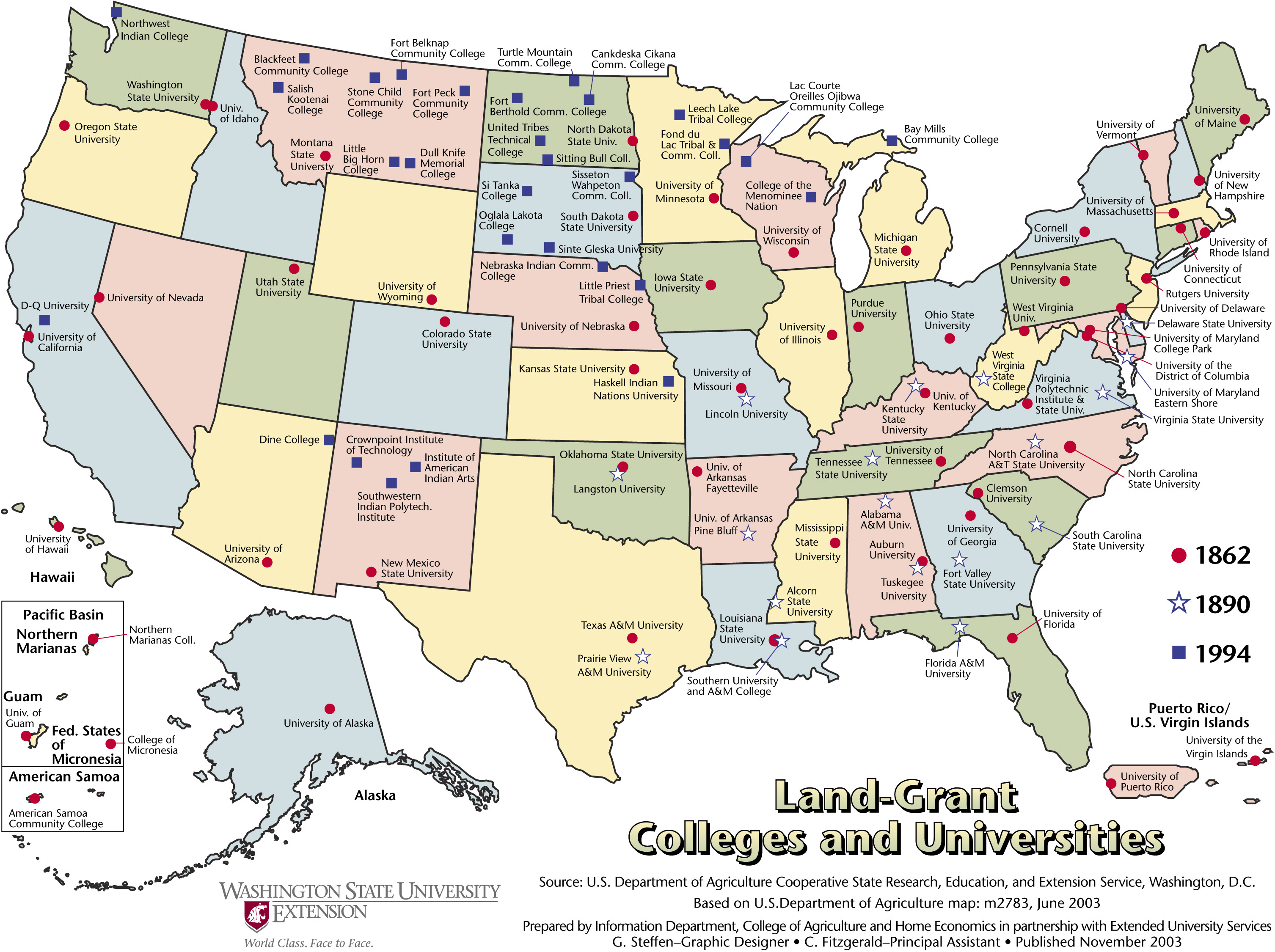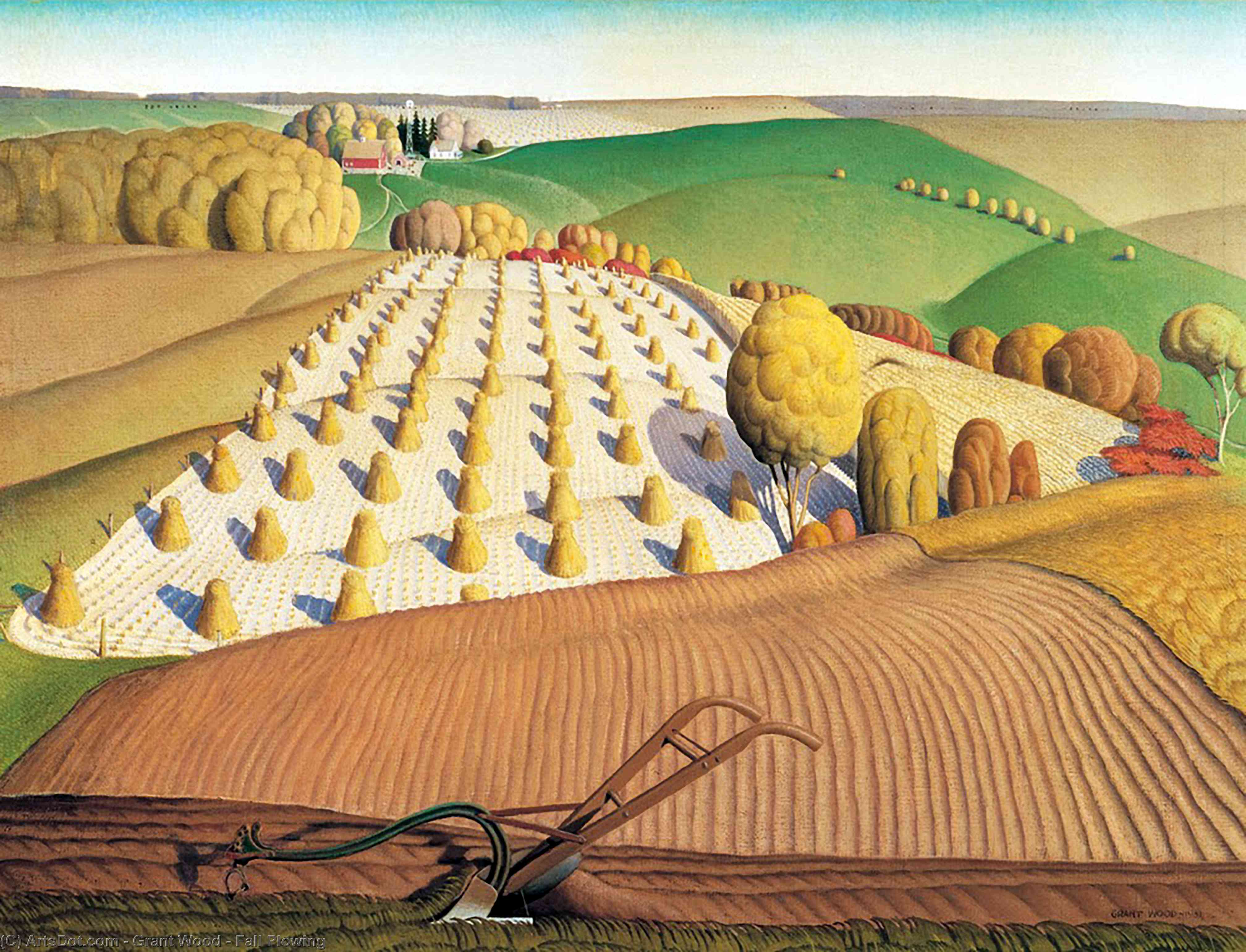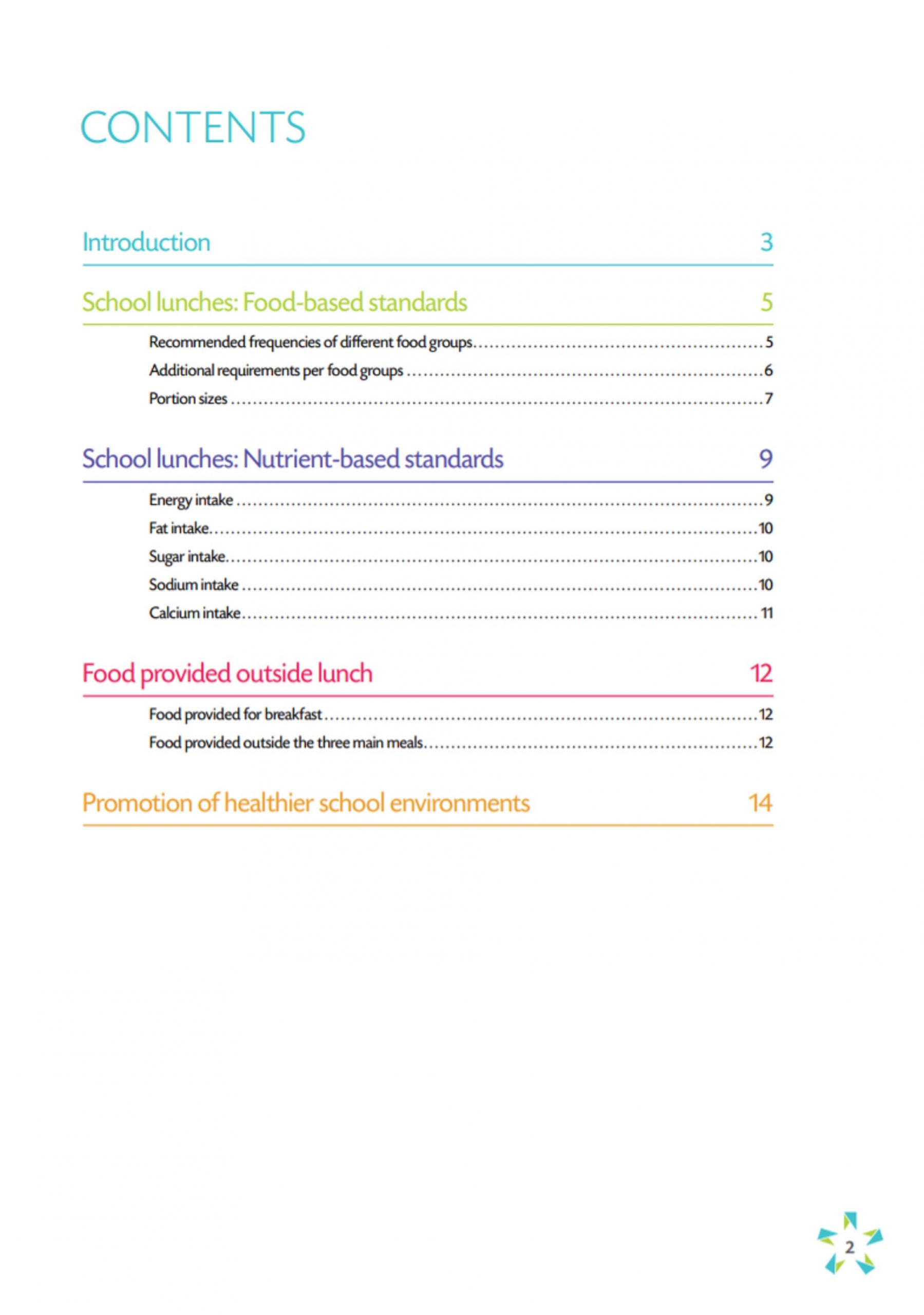This facility class has many names but is similar in our approach to them: the settings that provide primary care in a visible, central service. After the chapel, the library, the kitchen and the classroom, the on-campus medical center is a central fixture. These clinics typically provide basic medical services primarily aimed at addressing the immediate health needs of students and sometimes staff. These clinics are often staffed by a nurse or a small team of healthcare professionals such as nurse practitioners or physician assistants.
- Services may include first aid, basic medical care (such as treating minor injuries and illnesses), immunizations, health screenings, and sometimes mental health counseling.
- These clinics are often staffed by a nurse or a small team of healthcare professionals such as nurse practitioners or physician assistants. In some cases, a physician may be available on a part-time basis.
- These clinics are usually small and may be located within or near the school premises. They typically have limited space and equipment compared to hospitals.
Access to school-based clinics is often limited to students and staff during school hours. They may not be open during weekends, holidays, or outside of regular school hours.
University of Michigan Health Service: Reproductive Health
University of Vermont: Primary Care at Student Health Services
University of North Dakota Student Health Services
University of Chicago Student Sexual Health
University of California System Abortion Services
During today’s open door session we examine the literature relevant to making this facility class safer, simpler, lower-cost and longer-lasting in the links below, including open public consultation close dates:


